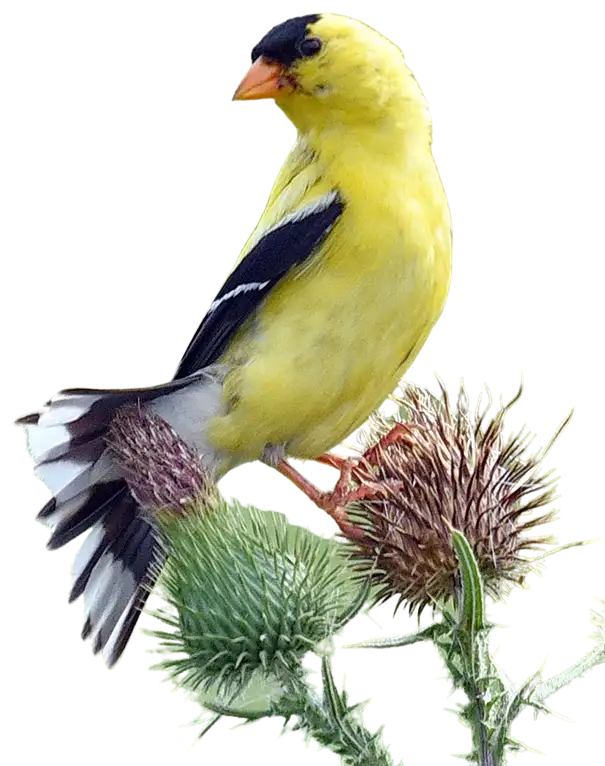 Dr. Jed Burtt
Dr. Jed Burtt
Professor Emeritus of Zoology
Ohio Wesleyan University
April 2, 2015 at 1 p.m.
Golisano Auditorium @ Rochester Institute of Technology
Ornithologist Jed Burtt of Ohio Wesleyan University will discuss how bird species develop distinct plumage through natural selection as part of the College of Science Distinguished Speakers series at RIT.
Airborne particles crash into feathers as a bird flies. Such collisions can damage barbs and shear away barbules with the result that a feather becomes less aerodynamic. Pigments can strengthen feathers and the pattern of such colors is predicted from the pattern of air flow, especially turbulence, around feathers. For example, primaries and tail feathers experience frequent, damaging collisions with airborne particles.
Some bacteria in the plumage feed on feathers. As they destroy the feathers, aerodynamic and insulating functions are compromised. Our knowledge of the pigments that strengthen feathers against bacterial degradation combined with our knowledge of habitats and behavior allow us to explain some of the colors and patterns in birds.
Sunlight may reflect from the hard, polished surface of the bill into the eyes as glare. Most birds have a dark upper mandible, and an equally dark or lighter lower mandible. Birds that forage in sun or are insectivorous have a darker upper mandible than those that forage in shade or are vegetarian. We suggest that the observed patterns in bill color are an adaptation to reduce glare.
Next time you see a bird, we hope you will have a new perspective on its colors and pattern.
More information: http://www.rit.edu/science/news/12/19/distinguished-speaker



